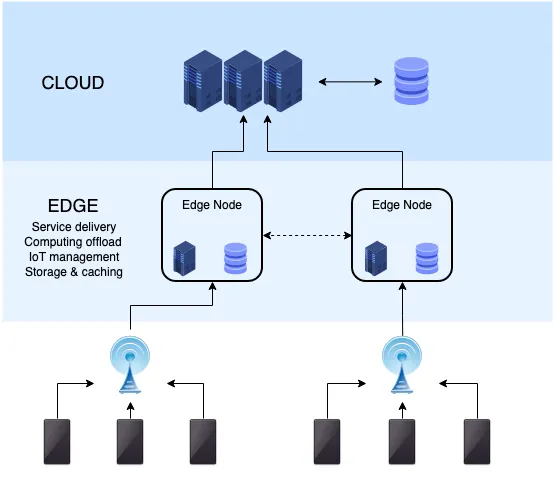The concept of Edge Computing is inspired by CDN technology. CDN stands for Content Delivery Networks. A CDN typically works to bring the content (images, video, script files) on the Internet closer to its users. This helps faster streaming of content with proper load handling. This is how YouTube, Netflix, etc delivery content to different regions without getting overwhelmed by the massive data rates required for streaming services.
Edge Computing brings both data and computations closer to its users!
_In Edge Computing the data and computation are localized so that the response times and bandwidth requirements are significantly reduced. This also supports _Green Computing, where the computations are done with minimal use of resources.
Origin of Edge Computing
With the increase of network-attached devices due to the popularity of IoT, the amount of data generated has increased exponentially. This increase demands massive computing and analytics at data centres which increase the utilization of bandwidth.
In Edge Computing the computational component is pushed towards the ends of the network, i.e. the users’ end. This eliminates the need for servers to continuously work on behalf of each user, but rather invest their time on analytics at a much higher level (e.g. community analytics, community-based recommendations, etc). So how would personal data be processed?
Data is processed at the users’ end using the connected devices such as smart phones, smart home hubs, smart TVs, etc.
For example, your sleep data is processed within your phone, where most data for this process is collected either from your phone, watch or using all devices with the same account logged in. Also, iPhone face detection runs completely offline and learns continuously based on your facial changes that take place over time.
#networking #edge-computing #data-science #software-engineering #iot
